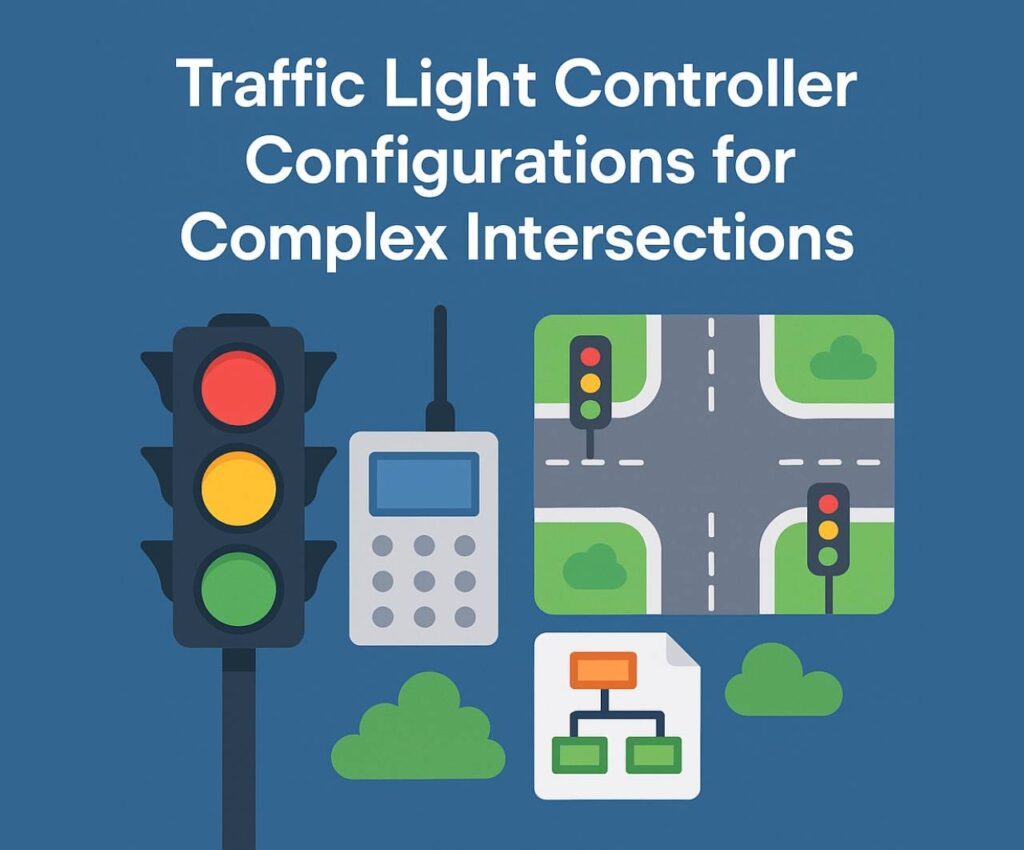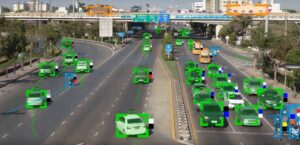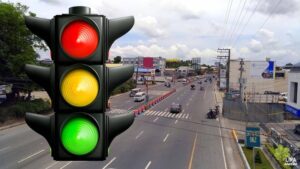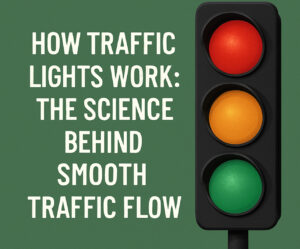Designing and managing intersections is no longer a simple task. As cities grow denser and vehicle, pedestrian, and cyclist traffic increases, the role of the traffic controller becomes more complex. At these bustling junctions, effective signal management goes hand-in-hand with safety gear like PPE for traffic controllers, visibility tools such as the traffic controller ahead sign, and the skilled precision of a traffic controller construction flagger. All these elements support the central nervous system of the road: the traffic light controller configuration. Know more..
In this article, we’ll break down how different configurations work, when to use which types, and how to align them with modern safety and operational standards. Whether you’re a city planner, an engineer, or in the construction space, understanding these systems is crucial to making traffic flow smoother and streets safer.
The Basics of Traffic Light Controllers
A traffic light controller is essentially the brain behind an intersection’s operations. It determines when lights change, for how long, and which directions get priority. In simple intersections, a basic timer may suffice. But in complex intersections—think five-lane junctions, split-phase turn lanes, pedestrian scramble zones, or rail crossings—things get trickier.
Complex intersections demand smart logic, adaptable patterns, and coordination with external systems like emergency vehicles or transit signals. It’s not just about red, yellow, green anymore.
Why Complexity Requires Customization
Every intersection is unique. Geography, vehicle volume, pedestrian flow, and time-of-day usage patterns must all be factored in. Without thoughtful configuration, the result can be congestion, confusion, or even collisions.
And it’s not just the technology that adapts—people on the ground need to follow suit. A traffic controller construction flagger must coordinate with these systems during lane closures or when redirecting vehicles. They rely on clear visibility using a traffic controller ahead sign and are always outfitted with proper PPE for traffic controllers to ensure safety.
Types of Traffic Light Controller Configurations
Let’s explore the most common (and most effective) configurations for complex intersections.
1. Fixed-Time Control
Best for: predictable traffic patterns
In this configuration, signals change at predetermined intervals, regardless of vehicle or pedestrian presence. It’s efficient in areas where traffic volumes are consistent.
Advantages:
- Simple to program
- Cost-effective
- Predictable for drivers
Disadvantages:
- Can lead to unnecessary delays
- Doesn’t adapt to real-time conditions
Even in these simpler systems, safety remains a priority. Crews maintaining or testing the system must set up a traffic controller ahead sign and wear the correct PPE for traffic controllers during work hours.
2. Actuated Control
Best for: intersections with varying traffic flow
Sensors (inductive loops, radar, cameras) detect when vehicles or pedestrians are present, triggering light changes only when needed.
Advantages:
- Increases efficiency
- Reduces idle time and emissions
- Adapts to low or high traffic
Disadvantages:
- Higher installation and maintenance costs
- Can fail in bad weather if reliant on cameras
This system often requires on-site personnel—especially during testing or malfunctions. That’s where the traffic controller construction flagger comes in, manually managing vehicles while tech is being adjusted.
3. Coordinated or Synchronized Systems
Best for: urban grids or long corridors with multiple signals
This configuration links multiple intersections together so they operate in harmony, reducing stops and improving flow during rush hour.
Advantages:
- Smooths out long commutes
- Reduces rear-end crashes from sudden braking
Disadvantages:
- Less effective during unpredictable traffic
- Difficult to configure around pedestrian-heavy areas
Coordination requires precision, and construction teams setting up or modifying the system must deploy traffic controller ahead signs well in advance and outfit every traffic controller construction flagger with reflective PPE for traffic controllers to avoid risk in active lanes.
4. Adaptive Signal Control
Best for: high-traffic, unpredictable intersections
These are the most advanced systems. They collect real-time data and adjust signal timings dynamically. AI-driven logic can learn from patterns and adapt over time.
Advantages:
- Maximizes flow efficiency
- Reduces congestion
- Prioritizes emergency or public transit vehicles
Disadvantages:
- Expensive to install and operate
- Requires advanced infrastructure
In projects involving adaptive signals, construction teams often have limited windows for lane closures. A traffic controller construction flagger becomes essential for guiding traffic safely, while PPE for traffic controllers ensures their safety in chaotic environments.
Special Considerations for Complex Intersections
Complex intersections often involve:
- Multi-phase crossings: where left-turn and straight-through movements are separated
- Pedestrian scrambles: all-way walk signals
- Rail crossings: where traffic signals coordinate with train systems
Each of these requires custom programming, thoughtful design, and trained personnel. For example, during nighttime construction, a traffic controller ahead sign helps reduce driver confusion, and bright, reflective PPE for traffic controllers is non-negotiable.
How Human Controllers Support Automated Systems
Even the most advanced traffic light controller needs human support. A traffic controller construction flagger steps in when:
- Equipment is being installed or repaired
- Emergency rerouting is needed
- Special events cause unusual traffic flows
These individuals are trained in communication, signaling, and safety. Their gear—PPE for traffic controllers—usually includes high-visibility vests, hard hats, gloves, boots, and sometimes even hearing protection.
Training and Safety Protocols
The tech side of traffic management is only half the equation. On the ground, human safety is paramount. Teams must be trained in:
- Equipment operation
- Conflict resolution between vehicles and pedestrians
- Emergency scenarios
- Deploying traffic controller ahead signs
- Proper use of PPE for traffic controllers
In addition, traffic controller construction flaggers need to stay alert, as they’re often the only buffer between fast-moving vehicles and work crews.
Future Trends in Traffic Light Configurations
Technology is moving fast. Upcoming trends include:
- Vehicle-to-Infrastructure (V2I) Communication: Cars that communicate with traffic lights
- AI Predictive Modeling: Using machine learning to predict congestion before it happens
- Green Wave Systems: Coordinated signals that allow cyclists or buses to move nonstop through corridors
No matter how advanced systems become, humans remain essential. Safety protocols—PPE for traffic controllers, visibility through traffic controller ahead signs, and the skills of a traffic controller construction flagger—will always be at the forefront.
Conclusion: Balancing Technology and Safety in Complex Intersections
Traffic light controller configurations are becoming more intelligent and responsive—but they’re only part of a larger ecosystem. Whether it’s adjusting signals dynamically with adaptive systems or supporting human operations through clear signage and PPE for traffic controllers, the goal remains the same: safer, smarter roads.
Complex intersections demand coordination not just between machines, but between engineers, city planners, and frontline workers like the traffic controller construction flagger. With the right setup—powered by thoughtful design and modern tech—our streets can meet the needs of growing cities while protecting the people who keep them moving.





